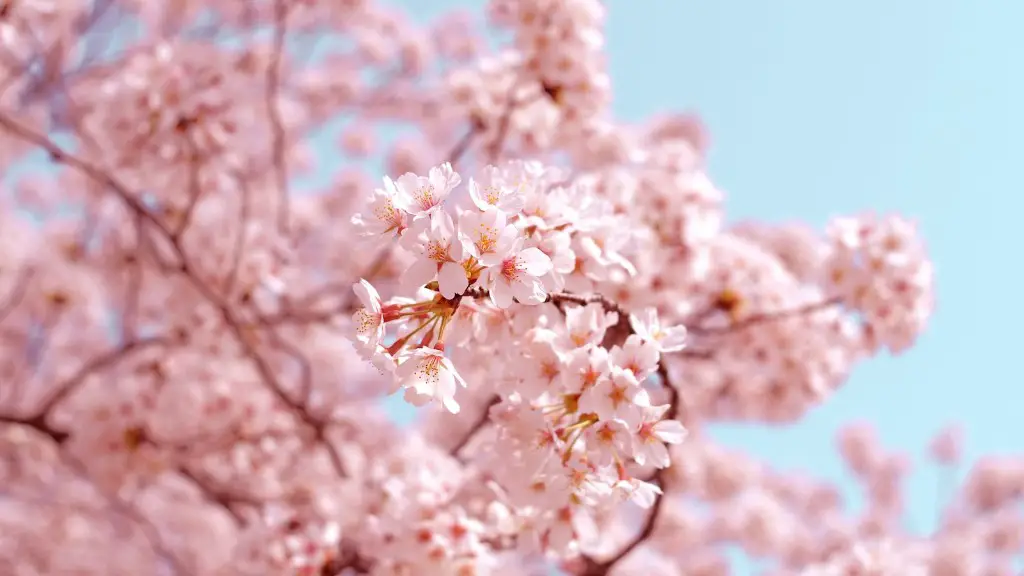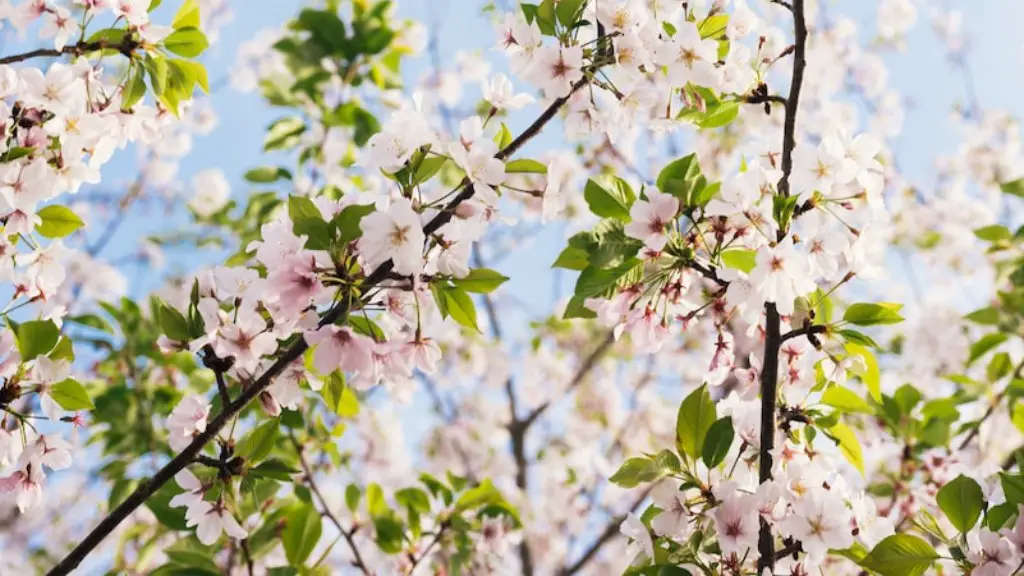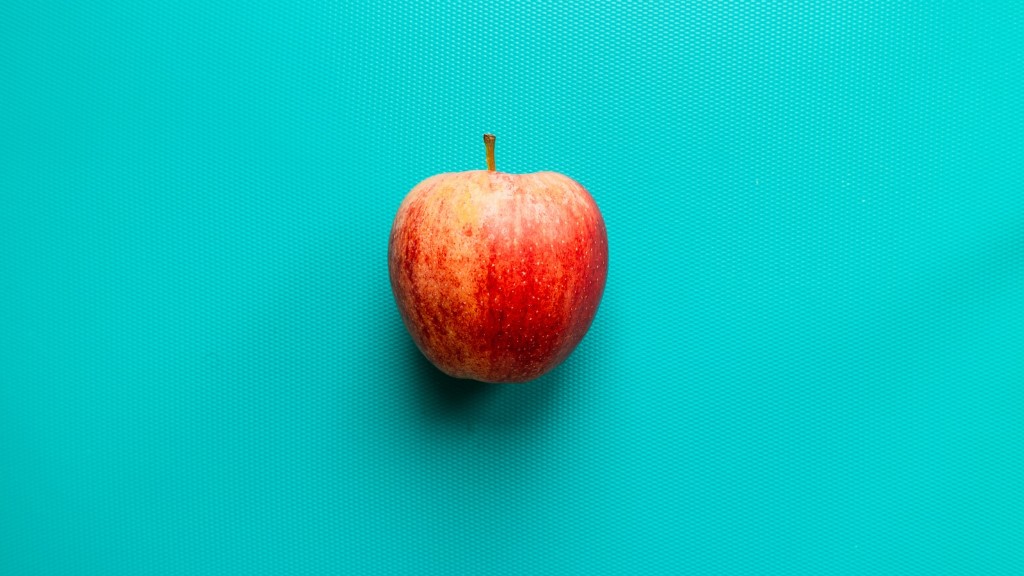Harvesting a cherry tree is an activity that can bring about a surplus of fresh fruit, as well as provide a wonderful opportunity to enjoy the outdoors and nature. It is a relatively easy process and can be accomplished with just a few simple tools. The active involvement in the process can also be a rewarding experience.
It is typically best to plan ahead when harvesting a cherry tree. Before beginning the process, the tree should be checked over carefully to make sure it is healthy and free of insects and diseases. It is also important to take a look around the area where the tree is located as there may be hazards such as power lines, tall vehicles, or other heavy machinery which may impede the harvesting process.
When harvesting a cherry tree, it is essential to identify the ripest cherries. However, be careful not to bruise the fruit or damage the tree when reaching for the ripest cherries. Picking with ones hands from lower branches is recommended. Higher branches can be harvested with the aid of a ladder and a picking pole, which has a curved end that can be used to reach the cherries like a hook.
Equally as important as being careful to not damage the fruit, it is also critical to ensure that the tree remains healthy. This means cleaning up any debris from the cherry leaves and the area around the tree. Furthermore, it is important to harvest regularly and not let too many cherries stay on the tree, which can potentially have a negative effect on the health of the tree.
When harvesting a cherry tree, it is possible to use a container of some kind to hold the cherries. Many people prefer to use something like a flat basket, as it allows for more cherries to be placed inside and is quite practical when harvesting. It is also important to make sure the container is clean and free of dirt, moisture, and any other potential contaminants.
Finally, storing the cherries after harvesting is critical in order to preserve the fruit. Some people like to sun dry the cherries, which can help them last longer. Alternatively, cherries can be stored in a glass or plastic container and placed in the refrigerator, where they will last for about two weeks. Be sure to check the cherries regularly to make sure they are still fresh, and discard any that have spoiled.
Crop yield
The amount of cherries harvested will vary depending on the age and size of the tree, as well as the weather and soil conditions. A larger tree with good soil and moisture can produce more cherries than a smaller or younger tree. Generally speaking, a mature cherry tree can produce sufficient crops for a family of four or five.
Furthermore, it may be beneficial to plan for a specific yield when harvesting a cherry tree. This can help the harvester plan for how many cherries and how much storage space will be needed for the cherries. Moreover, it can also be a great way to keep track of the progress of the harvest, and ensure that no cherries are left unharvested.
There are a few methods available to determine the potential yield of a cherry tree. One method is to measure the circumference of the tree’s trunk and convert this number to board-feet of trunk volume. This number can then be used to calculate the potential yield of the tree, as well as its potential growth.
Another method is to consider the number of blossoms when the cherries are flowering. This method can be more reliable, as it takes into account the potential loss of cherries due to wind, weather, and disease. Additionally, it can also be used to determine if additional fertilizers are necessary to ensure optimal yields in the future.
Storage and preservation
Once the cherries have been harvested, it is important to properly store and preserve them in order to maximize their shelf life. Generally speaking, cherries should be stored in a cool, dark, and dry environment. Storing cherries at temperatures of 35-45°F with 85-90% relative humidity will keep them in the best condition for a longer period of time.
In some cases, cherries may need to be frozen in order to preserve them. This may be necessary if the cherries will not be eaten right away. To freeze cherries, be sure to wash and pit them first, then place them on a baking sheet so they do not stick together. Once they have been frozen, they can be placed in an airtight container and will last for up to six months.
Also, cherries can be canned or made into jams and jellies. This process requires a bit more preparation and processing, but can be a great way to preserve cherries and make them into delicious treats. Furthermore, preserving cherries can be a great way to enjoy them throughout the year.
Pest and disease control
Pests and diseases can quickly spoil the harvest from a cherry tree. Therefore, it is important to regularly check the tree for signs of any potential issues. Although most problems can be prevented with regular pruning and proper watering and fertilizing, it is still a good idea to inspect the tree for signs of disease or insect damage.
Common pests to look for include aphids, scales, mites, and maggots. These pests can usually be controlled with pesticides and insecticidal soap. Be sure to follow the directions on the pesticide carefully and avoid spraying on windy days, as this can spread the spray to other areas.
As far as diseases go, there are a few common ones to watch out for. Powdery mildew is a white, powdery fungal growth that is caused by too much moisture, and can lower the tree’s productivity if left unchecked. Fireblight is another disease that can affect cherry trees and can cause the leaves and branches of the tree to turn black and die. Good sanitation practices, such as properly disposing of fallen fruit and leaves, can help prevent the spread of these diseases.
Conclusion
Harvesting a cherry tree can be a rewarding activity, though it does require a bit of preparation and knowledge about the process. It is important to plan ahead, check the ripeness of the cherries carefully, and be sure the storage and preservation methods used are appropriate for the fruit. Finally, keeping an eye out for pests and diseases is essential in order to ensure the tree remains healthy and productive.



